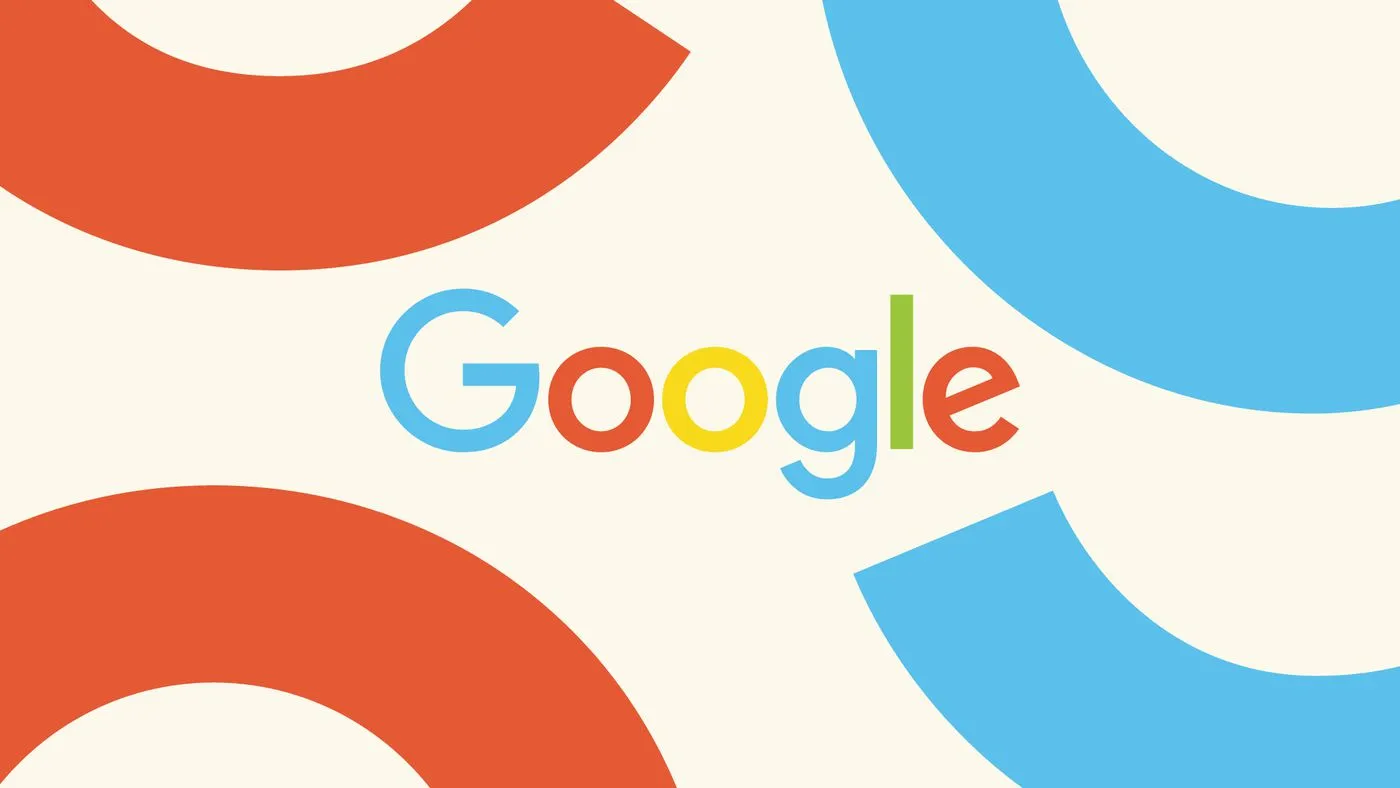Google's Innovative Approach to Distinguishing Real from Fake Images

Google's Bold Step Against Fake Imagery
In a significant move, Google is set to roll out technology that will help users differentiate between genuine images and those altered or generated by artificial intelligence (AI). The integration of an updated about this image feature in search results will allow users to see whether a photo was captured by a camera, manipulated using software like Photoshop, or crafted through generative AI models.
C2PA: A Game-Changer in Content Provenance
This initiative forms part of the Coalition for Content Provenance and Authenticity (C2PA), aimed at addressing the issues posed by AI-generated images. The C2PA's technical standard is pivotal, comprising information on the origins of images and establishing a digital trail that can be traced across various platforms.
- Key Industry Support: Major tech companies, including Amazon, Microsoft, Adobe, and OpenAI back the C2PA initiative.
- Technical Developments: Google contributes to the latest C2PA standard (version 2.1), ensuring compatibility with a forthcoming C2PA trust list that validates image origins.
- Future Plans: Integration of C2PA metadata into Google's advertising systems is on the agenda, along with potential applications within YouTube content.
Challenges Ahead for C2PA Adoption
Despite Google's revolutionary efforts, interoperability challenges lie ahead. Currently, only select models from Leica and Sony support C2PA, with commitments pending from brands like Nikon and Canon. Furthermore, there is limited support for C2PA data incorporation in software tools like Adobe's applications.
Conclusion: Although the journey to widespread adoption of content provenance standards may be complex, Google’s efforts represent a crucial leap towards greater transparency in the digital image landscape.
This article was prepared using information from open sources in accordance with the principles of Ethical Policy. The editorial team is not responsible for absolute accuracy, as it relies on data from the sources referenced.